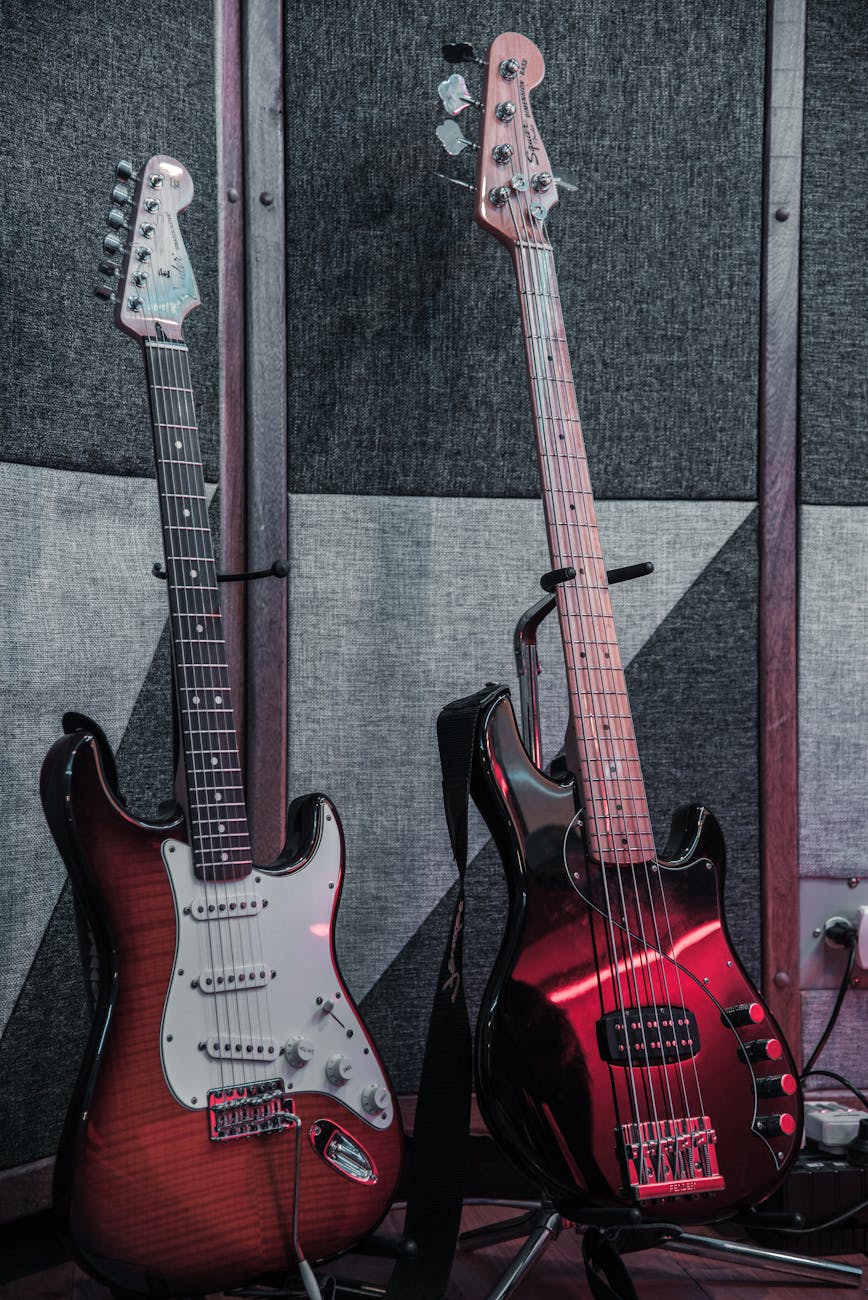Mastering guitar layering techniques can be a daunting challenge for many musicians. However, there exists a simple yet effective trick that can elevate your skills, making your sound richer and more professional. By diving deep into the nuances of layering, you will not only improve your overall performance but also discover a new world of creativity and expression on your guitar.
This article explores the intricacies of layering, revealing valuable insights and practical tips to help you overcome any struggles. Whether you are a beginner or an experienced guitarist, understanding this technique can change the way you approach your music. So, let’s unravel this topic and unlock your musical potential together.
Understanding Guitar Layering
Before delving into that simple trick, it’s crucial to grasp what guitar layering is all about. At its core, layering refers to the practice of recording multiple tracks of guitar parts that come together to create a fuller and more textured sound. Imagine the richness of sound in a lush orchestral arrangement; that’s the power of layering applied to guitar!
When you layer, you can combine rhythm parts, lead lines, harmonies, and even different guitar tones to shape a unique sonic landscape. Think of it as building a delicious multi-layered cake. Each layer adds its own flavor and character, complementing the others to create something truly memorable. Understanding the technique means understanding how various elements interact, enhancing not just individual notes but also the overall musical experience.
The Simple Trick
Now, let’s introduce that simple trick that can make a significant difference in your layering game. Begin by recording your main guitar part, ensuring it is clean and well-defined. Next, instead of attempting to layer harmonies or additional riffs immediately, focus on varying the dynamics. Perhaps try strumming lighter on one track while using heavier strumming strokes on another. This contrast can create a striking difference in texture.
For instance, if you are recording a melody line, consider layering it with arpeggiated chords played softly underneath. This not only enhances the clarity of your lead guitar but also introduces a harmonious depth that captivates listeners. Don’t underestimate the power of small adjustments; they can lead to extraordinary results.
Benefits of Layering Techniques
The benefits of mastering layering techniques are manifold. First and foremost, it provides an avenue for artistic expression. With every new layer, you’re free to explore different sounds, creating an atmosphere that matches the mood of your music.
Additionally, layering enhances your arrangement skills. It encourages you to think critically about how each instrument interacts within a piece. This skill is invaluable as it fosters creativity and innovation in your songwriting process. As you become more adept at layering, your music not only becomes more dynamic but also starts to resonate with your audience on a deeper level. Embracing this technique opens doors to endless possibilities!
Common Mistakes to Avoid
While layering can be exhilarating, several common pitfalls might hinder your progress. Often, guitarists tend to overcrowd their arrangements, resulting in a muddled sound. With too many layers playing simultaneously, important elements can get lost. Be mindful of each track, ensuring that every component serves a distinct purpose in your arrangement.
Another frequent mistake is relying solely on quantization, which may lead to robotic sounds. Emphasize the human element in your playing by allowing some tracks to breathe naturally. A little imperfection can often add character and warmth to your recordings. Keeping an ear open for balance and variation is essential to achieving that perfect layered sound.
Wrap Up Your Learning
As you embark on your journey to master guitar layering techniques, embrace both the challenges and the triumphs that come with it. The trick discussed here is just the starting point. As you experiment with different styles and sounds, you will uncover new dimensions in your playing. The key is to keep pushing your creative boundaries and embracing the learning process!
Remember, each layer you add not only contributes to your overall sound but also helps tell your musical story. With patience and practice, you will find that your layers grow more cohesive, becoming interwoven threads that form the fabric of your musical identity.
Frequently Asked Questions
1. What is the best way to start layering guitar tracks?
Start by recording a clean, distinct track, then gradually add additional layers while varying dynamics and tones.
2. How many layers should I include in a song?
There’s no strict rule, but aim for balance. Focus on the purpose of each layer and avoid overcrowding your mix.
3. Can I layer different guitar types in one arrangement?
Absolutely! Using different types of guitars can create a unique texture. Explore combinations to discover what resonates with you.
4. Should I always record multiple takes for layering?
While multiple takes can provide more options, don’t hesitate to use variations of a single take creatively.
5. How do layering techniques enhance my performance?
Layering helps develop your arranging skills, allowing you to explore your creativity and engage listeners with a richer sound.
Image Credit: Pexels
